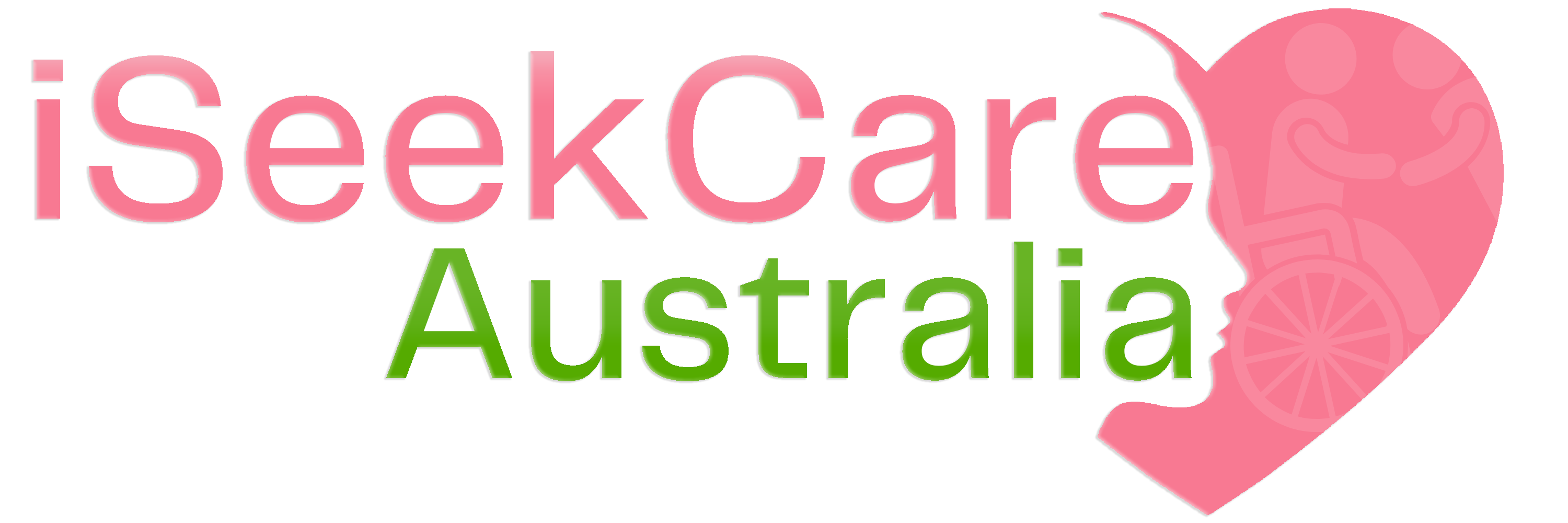Crisis Intervention: Protocols for Addressing Violence in Client Situations in the Disability Sector
The disability sector is an indispensable part of our society, providing crucial support and care to individuals in need. However, like any other industry, certain risks are involved. The threat of violence in client situations is one such challenge faced by service providers. While such occurrences may be infrequent, it is important to have a solid crisis intervention plan in place to ensure the safety of both clients and staff. In this blog, we will discuss the necessary protocols for addressing violence in client situations in the disability sector.

1. Risk and CrisisAssessment:
Before starting any client program, it is important to consider the potential hazards and identify any risks involved. Similarly, a thorough and ongoing risk assessment must be conducted to ensure that the risk of violence is minimised. Furthermore, several factors must be considered, including client history, environmental factors, and the capability of staff working on the program.
2. Identification of Triggers that causes Crisis:
The identification of triggers that may instigate client violence is essential in managing situations where violence may be likely to occur. Likewise, some of the common triggers may include loud noise, sudden changes in routines, or the presence of unfamiliar staff. Similarly, staff should be trained to identify these triggers and know how to manage them effectively.
3. Adequate Training:
Providing adequate training for staff is of utmost importance in emergency situations. Similarly, staff must be trained to identify early warning signs, use verbal de-escalation techniques, and implement physical interventions where necessary. Furthermore, it is important to ensure that staff is equipped with the knowledge, skills, and confidence to handle crisis situations effectively.
4. Incident Reporting and Documentation of the Crisis:
Documentation of violent incidents is essential in managing risk and creating a safer environment for clients and staff. Likewise, all incidents must be reported immediately and documented in detail. A thorough investigation should be conducted, outlining the nature of the incident, the actions taken, and any follow-up actions required. Furthermore, this information can be used to analyse trends, address issues, and minimise the risk of future incidents.
5. Continual Review and Improvement:
The process of managing the risk of violence in the disability sector is ongoing and must be reviewed and improved continually. It is essential to communicate and seek feedback from clients, staff, and other relevant stakeholders to ensure that safety protocols are up to date. Similarly, regular training and simulations can help staff be prepared for any circumstance and improve their response times during a crisis.
Conclusion:
In conclusion, having solid protocols for addressing violence in client situations in the disability sector is crucial for ensuring that clients and staff are safe, and risks are minimized. A thorough risk assessment, identification of triggers, adequate staff training, incident reporting, and continual review and improvement are all essential components of a crisis intervention plan. Lastly, with these protocols in place, a safer environment can be created for all involved in this important sector of our society.



